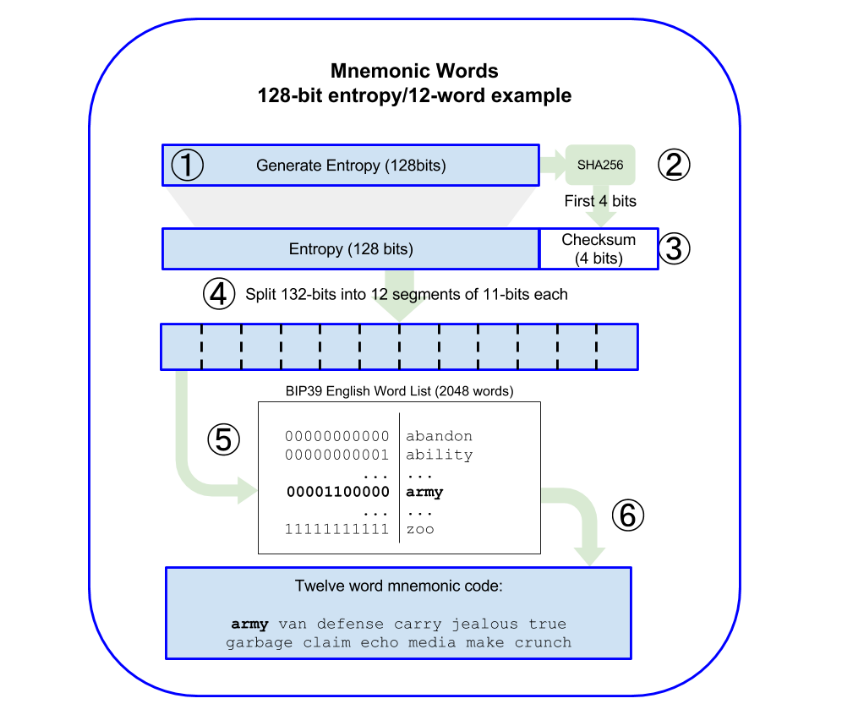Im referencing https://iancoleman.io/bip39/
I understand how the words are generated ("bip39 mnemonic" at the link). But Im not quite clear on how the words give rise to "bip39 seed" two sections later.
Ive followed a variety of youtubers who demonstrate the calculation in python, but my computations are not coming out the same. Im not sure why. Clearly Im missing something about how certain strings/values are being constructed prior to the sha512.



